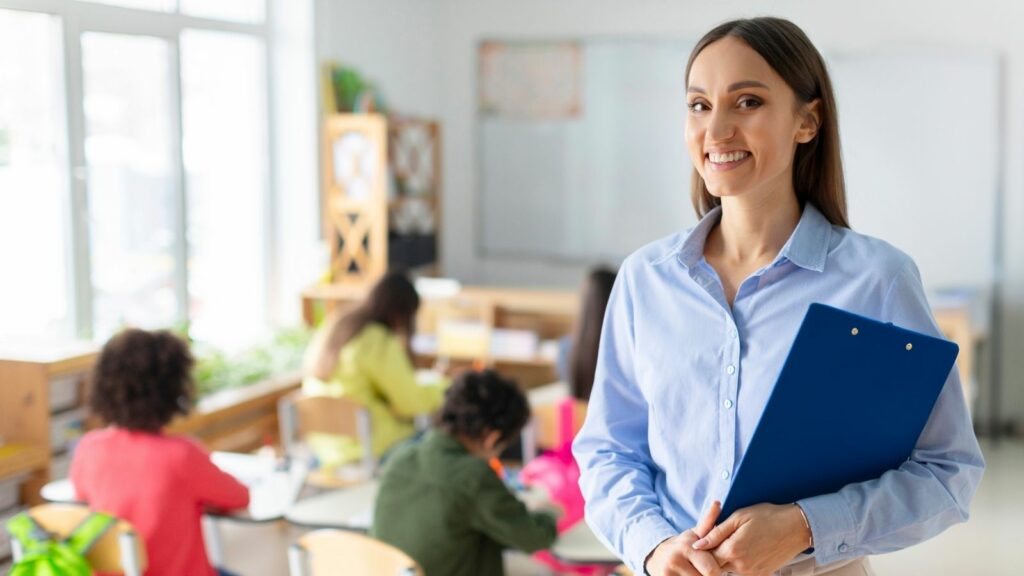Teachers play a crucial role in a student’s life. A good teacher not only teaches about the syllabus but also works on individual grooming of students. They shape their personalities, empower them to be curious learners, and help them emerge as unbiased, independent, and objective adults. Such students or individuals thrive in any given situation. They become better humans, responsible citizens, and great achievers.
Teachers’ everyday practices inspire students to become lifelong learners. This article takes an overall view of such practices.
Promoting Curiosity

As the guiding stars, teachers ignite curiosity within their students, illuminating the path toward knowledge and discovery.
Encourage Queries
Teachers should create an environment in the classroom where students always feel free, confident, and comfortable in asking questions. Use different strategies, like “question of the day” or” question for better grades,” where students can post their queries without any hesitation. A learning environment that values questioning promotes a supportive environment. Students feel confident and comfortable expressing their ideas and asking for assistance when needed.
Inquisitive Learning
Always design lectures that allow students to discover topics in-depth, research them, and present their findings. This method helps learners learn to seek out information independently.
Curiosity-Driven Projects
Assign quizzes, assignments, presentations, and projects that align with students’ interests and allow them to investigate topics they are impassioned about, making learning easier, relevant, interesting, and engaging. Create an environment in the classroom where curiosity is encouraged. Encouraging curiosity helps learners develop a love for learning.
Modeling Lifelong Learning
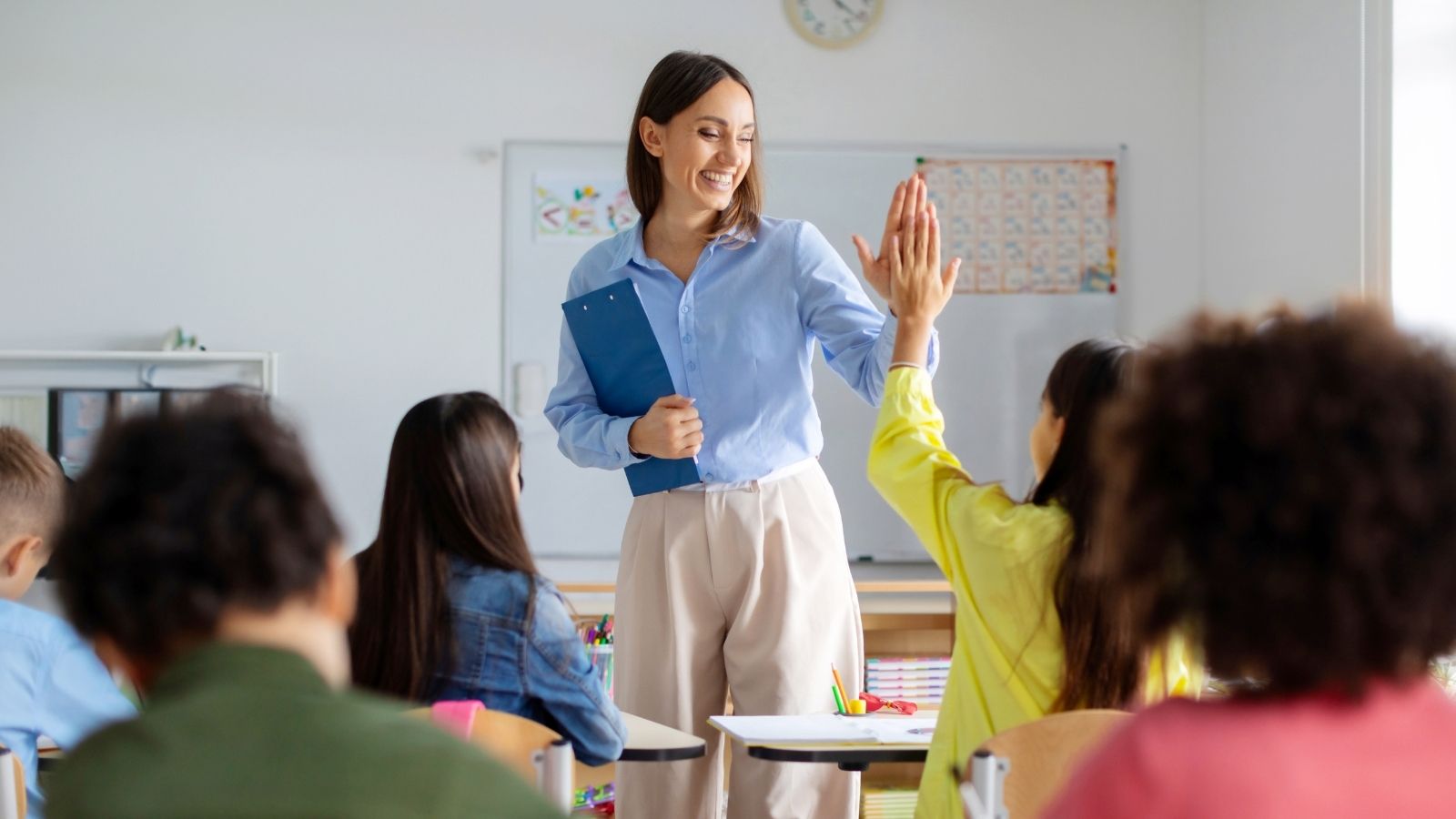
Teachers promote lifelong learning by sharing their personal experiences with problem-solving. Their openness to learning resonates with students, encouraging them to reflect on that.
Share Personal Learning Experiences
Share daily what you’re teaching or even studying, whether it’s a new or different coaching approach, a book you’re reading, a different course, or a skill you’re developing. This demonstrates to learners that learning doesn’t stop after school.
Professional Development
Participate in engaging workshops, publications, conferences, and meetings. Display certificates or talk about these experiences with your students to expose them to the value of continuous professional growth.
Stay informed
Keep up with advancements and technology in education, training, technology, and your subject area. Include new knowledge in your teaching to keep it fresh and engaging.
Building Strong Relationships
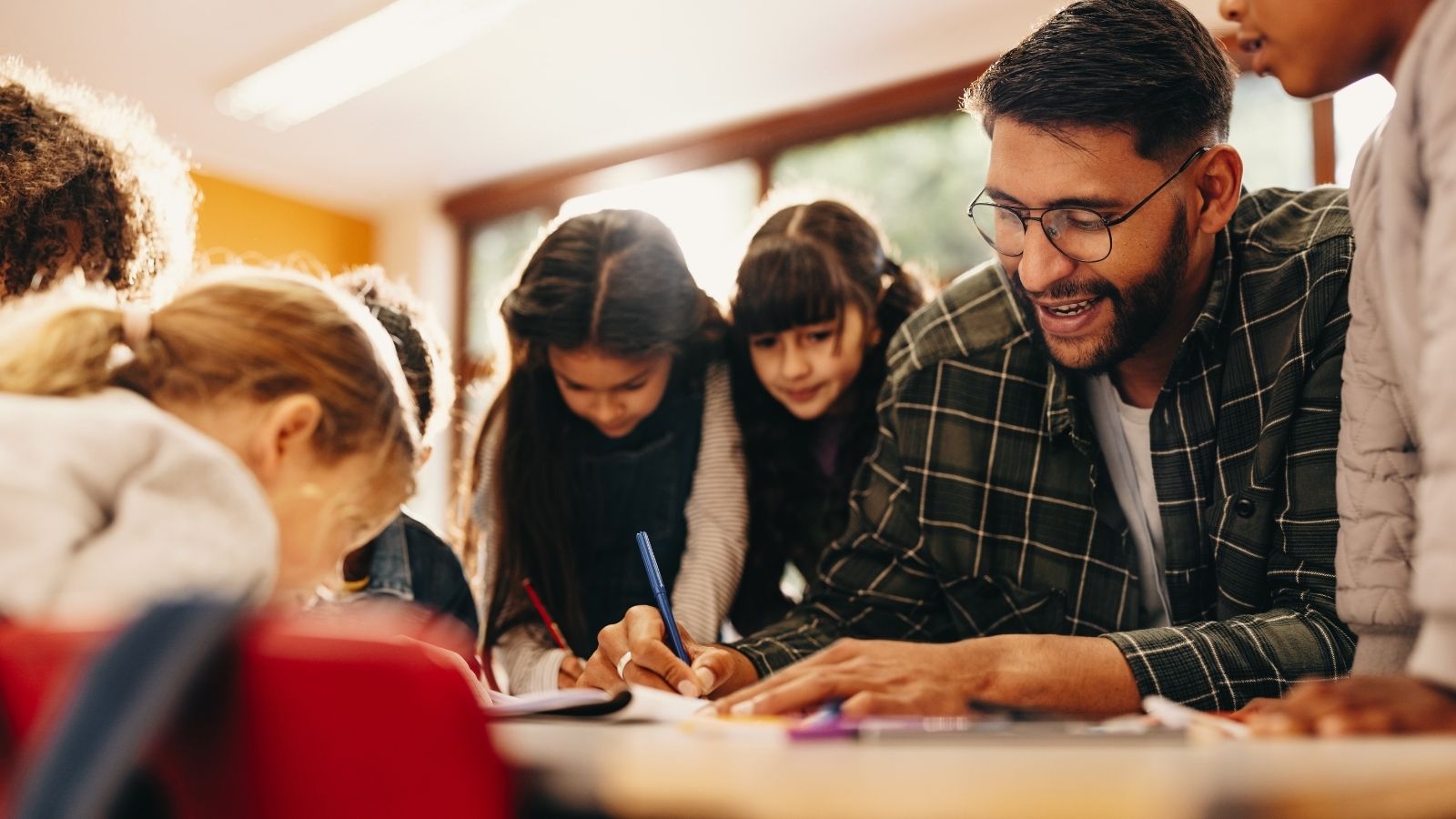
It is always beneficial to create strong relationships with students. This helps them trust the teacher and idealize them. Teachers, on the other hand, can better understand their students’ challenges and guide them accordingly.
Know Your Students
Learn about students’ hobbies, interests, backgrounds, strengths, and learning patterns. Use this method to tailor your coaching approach. Positive student-teacher relationships can boost self-esteem, motivation, and resilience, crucial for lifelong learning. Strong relationships create a secure and supportive learning environment.
Positive Classroom Environment
Foster a classroom culture of respect, admiration, kindness, and support. Use icebreaking and team-building activities and regular check-ins to build community and cohesion.
Constructive Feedback
Provide positive, precise, and actionable reviews. Celebrate successes and guide learners on improving, helping students feel supported in their learning journey.
Promoting Critical Thinking
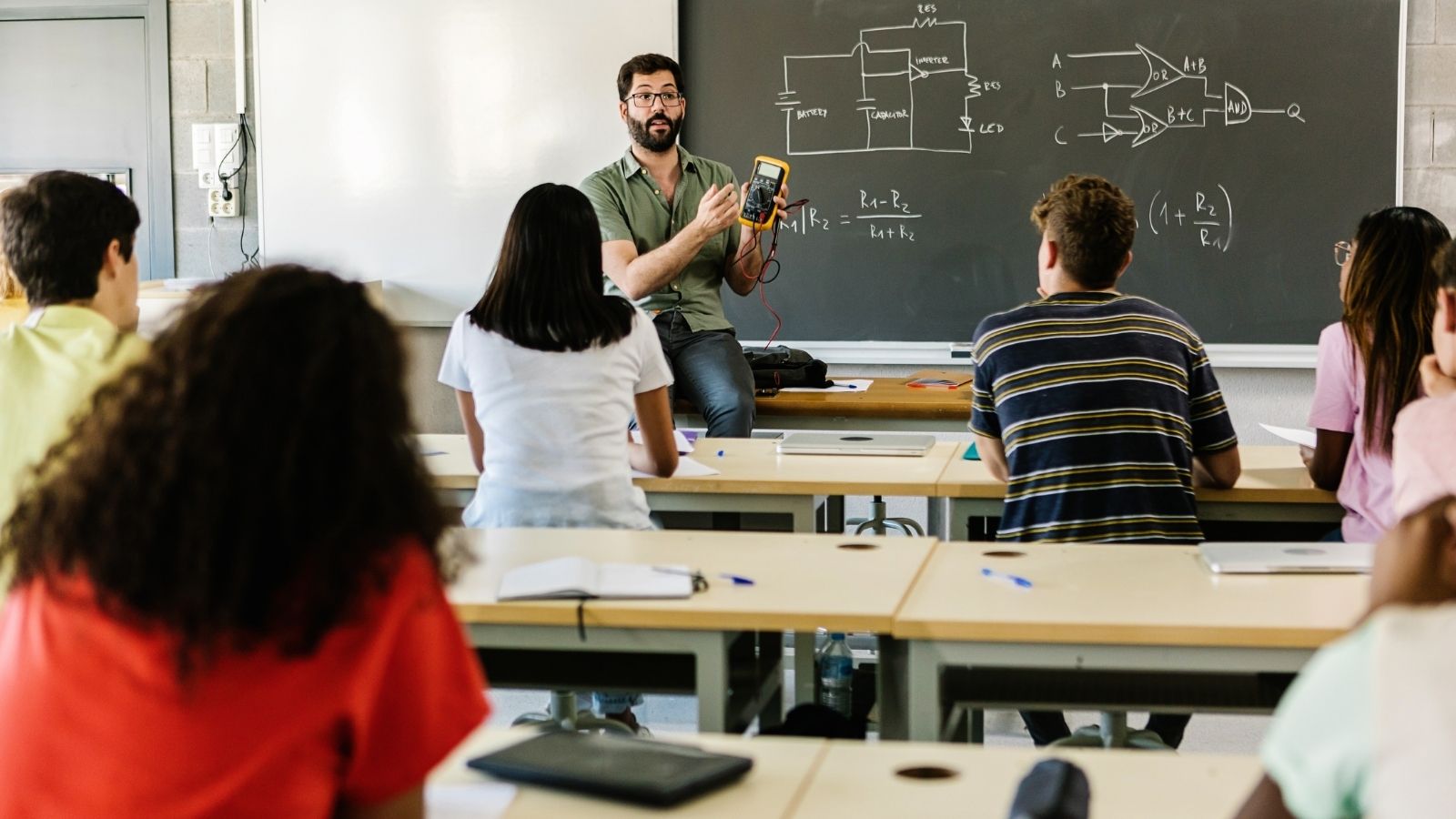
Teachers can have a very influential effect on students’ thinking. By encouraging students to be open-minded, teachers can promote critical thinking.
Socratic Method
Use open-ended inquiries to encourage deep wondering and discussions with learners. Challenge learners to support their answers with evidence and reasoning.
Real-World Problems
Include contemporary events and real-world troubles in your training. Have students examine these situations, consider different viewpoints, and suggest solutions.
Debates and Discussions
Facilitate classroom debates and discussions on different topics. This allows learners to develop or increase the capability to articulate their thoughts and consider alternative perspectives.
Integrating Technology
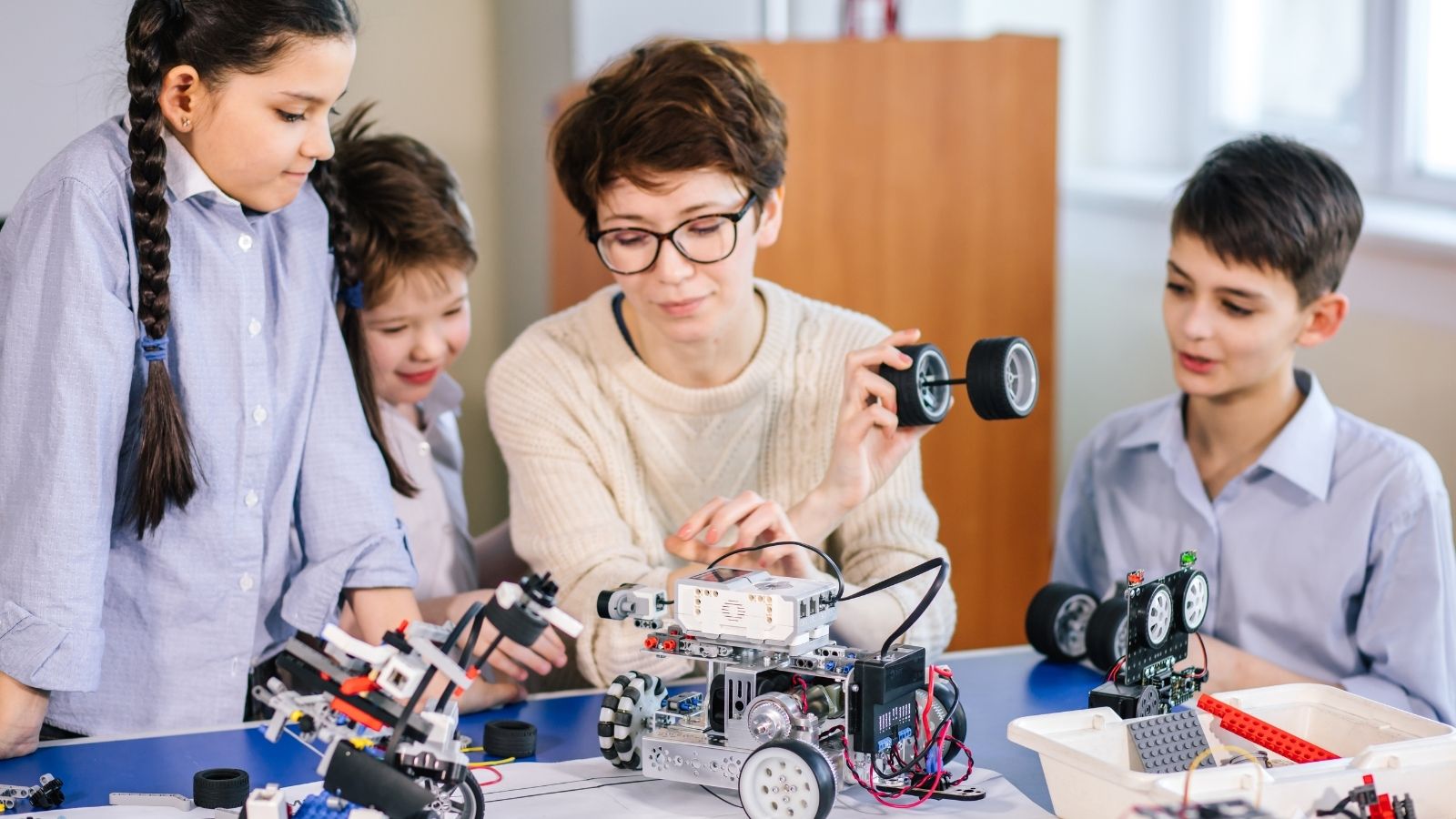
This digital era requires smart solutions. The use of technology in education has become rather common. It allows students to access learning conveniently.
Digital Tools
Enhance and improve through educational applications, online sources, and different interactive platforms. Tools like Google Classroom and Quizlet can make learning more dynamic.
Tech Literacy
Teach learners how to use technology responsibly and effectively, as well as digital citizenship, online research skills, and cybersecurity awareness.
Blended Learning
Combine traditional coaching methods with online learning experiences. This can accommodate different learning patterns and make education more convenient.
Encouraging Collaboration

Working in teams is always the best way to achieve goals. Students should be encouraged to do so, as it trains them for the practical world.
Group Projects
Design projects and assignments that require collaboration and teamwork. Assign different roles within groups to ensure participation, cohesion, progress, and accountability. Collaborative skills are vital for achievement in maximum careers and social interactions, making students more adaptable and powerful in their future endeavors.
Peer Tutoring
Allow students to tutor each other. Peer tutoring reinforces the teacher and supports the learner by providing knowledge in various ways.
Collaborative Tools
Use different platforms like Google Docs and Padlet for collaborative work, allowing students to work together seamlessly outside class.
Reflecting and Adapting
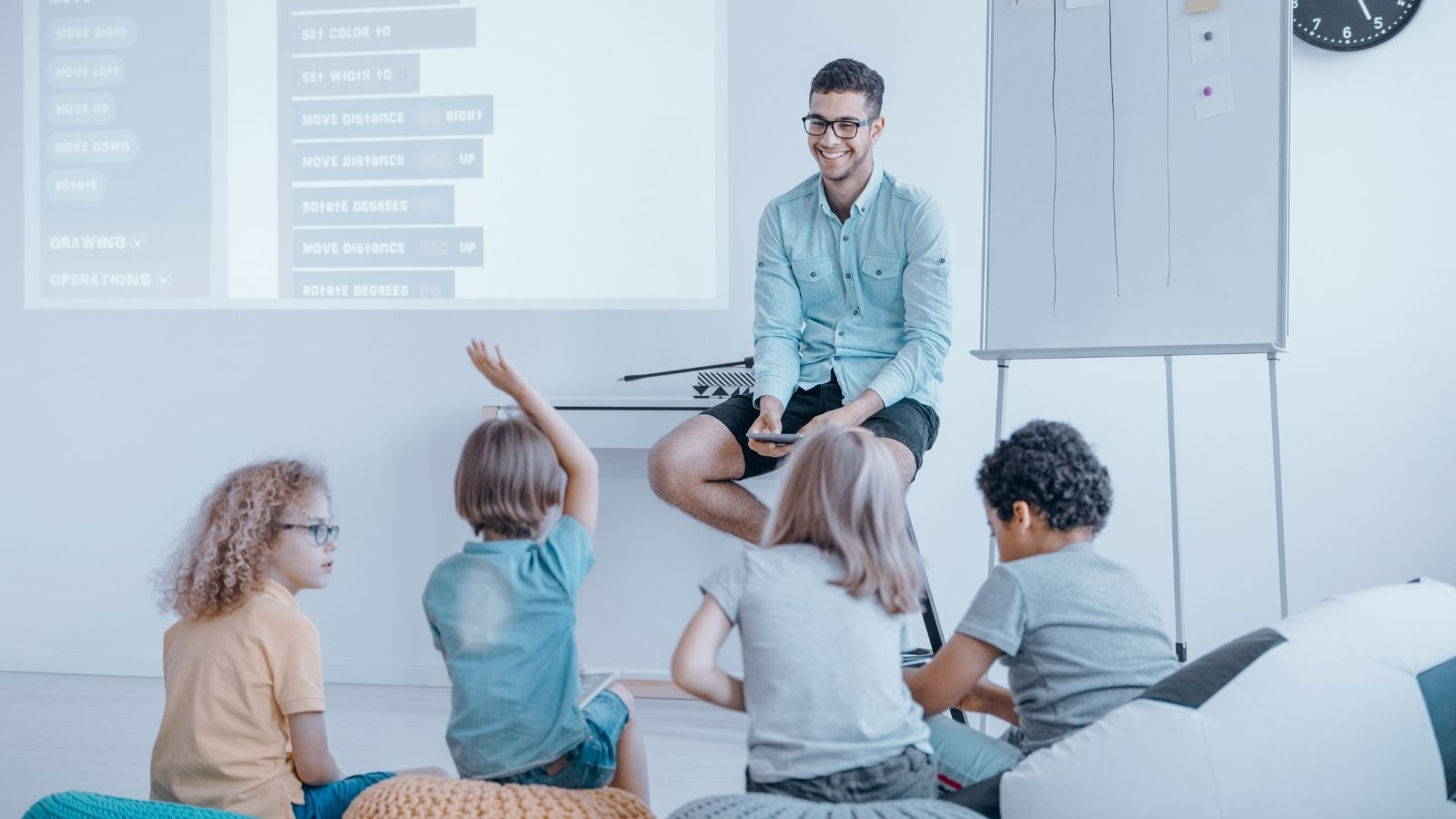
Being a teacher requires staying current. Taking time out for yourself to look for required improvements and incorporate student feedback can also be very helpful in this regard.
Self-Reflection
Set aside time daily or weekly to reflect on what went nicely and what can be improved for your teaching. Journaling or discussing with a mentor can be helpful.
Student Remarks
Regularly seek remarks from your students about your teaching and their learning experiences. Use different methods like surveys, suggestion bins, or informal conversations with your students to gather insights.
Flexible Teaching
Be willing to adapt your coaching techniques based on reflection and remarks. Experiment with new methods and be open to change to better meet the needs and desires of your students.
Conclusion
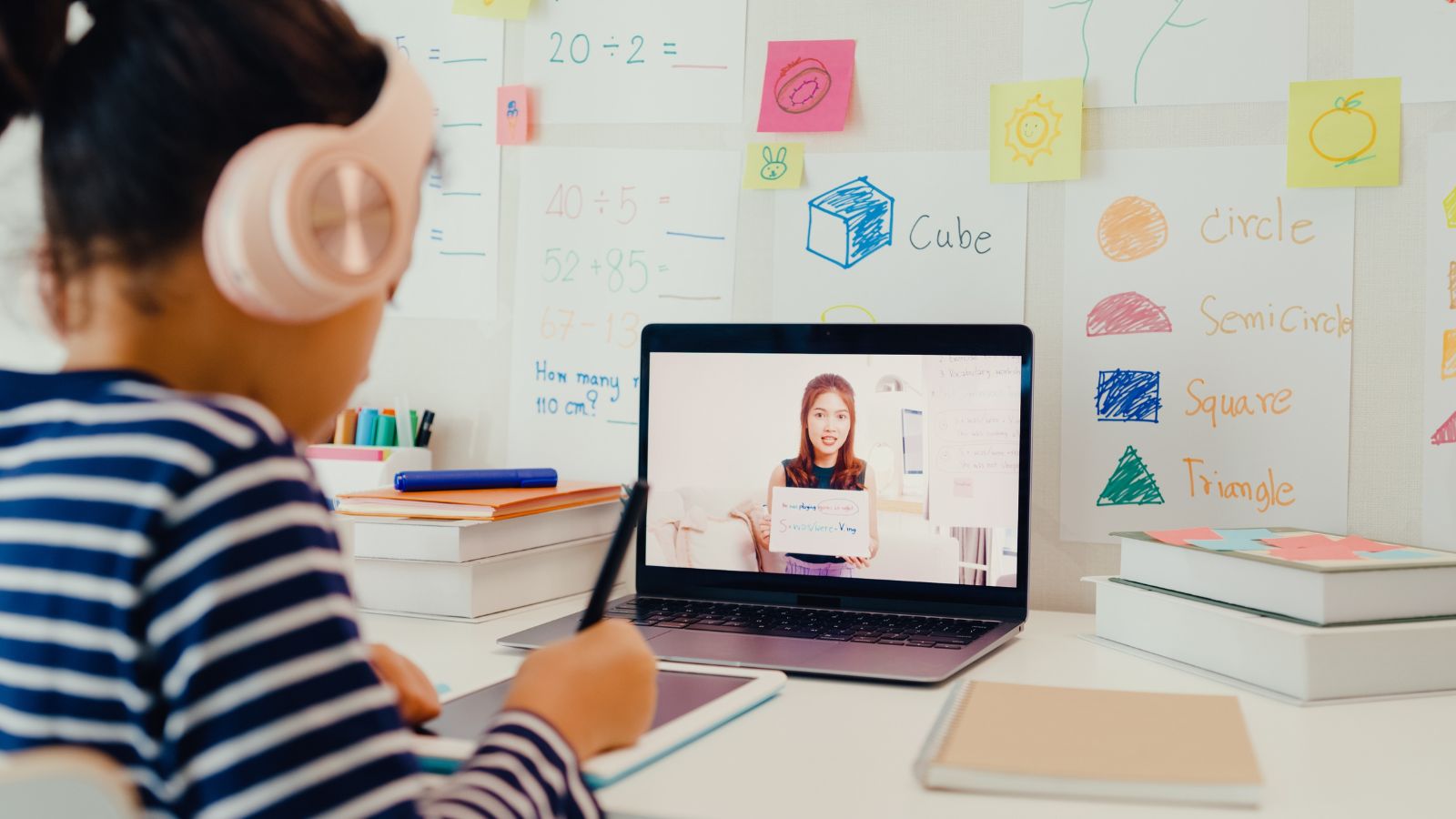
By constantly implementing these practices, instructors can create a stimulating and supportive learning environment that encourages students to emerge as lifelong learners. These practices can have a very significant impact on their students’ development and love for learning. These everyday practices are crucial for creating a classroom environment that promotes interest, curiosity, critical thinking, collaboration, and a passion for learning more and more. These practices improve immediate educational outcomes and instill habits and mindsets that benefit students their whole lives.
14 Cars with a Reputation for Running Forever and Why They Outperform the Rest

In the dynamic world of automobiles, some cars stand out for their remarkable longevity and enduring performance. These road warriors have earned a reputation for running seemingly forever, outpacing their counterparts. This article will explore 14 such vehicles and the reasons behind their legendary durability.
14 Cars With A Reputation For Running Forever And Why They Outperform The Rest
